India-U.S. $1 trillion: The Mahindra GenZe case study
The following is an excerpt from the book 'India-U.S:$1 trillion by 2030' by Nish Acharya, Visiting Fellow at Gateway House
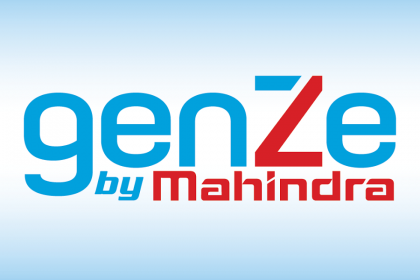 Courtesy: GenZe
Courtesy: GenZe
The following is an excerpt from the book 'India-U.S:$1 trillion by 2030' by Nish Acharya, Visiting Fellow at Gateway House
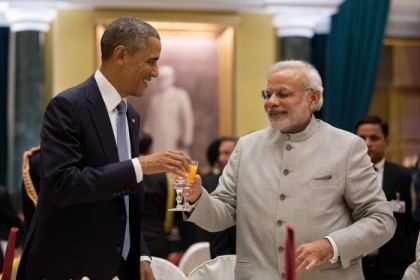 Courtesy: Wikipedia
Courtesy: Wikipedia
Behind the hullabaloo and grand optics that will accompany PM Narendra Modi’s visit to the U.S. will be laser-focused discussions on enhancing the strategic trade and investment relationship
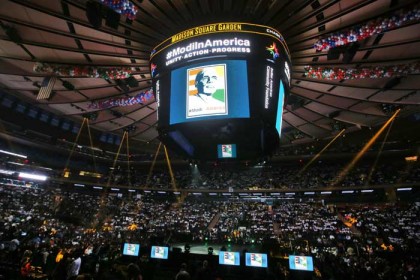 Courtesy: PTI
Courtesy: PTI
On his second trip to the U.S. next week, Modi will meet Obama to discuss various issues, including climate change and the civil nuclear deal; he will also visit Silicon Valley to explore innovation and social enterprise. But beyond the promises of this agenda, both sides must now devise deliverables that make the bilateral dream a reality.
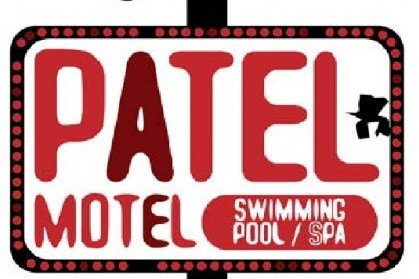 Courtesy: Lassi With Lavina
Courtesy: Lassi With Lavina
Has Hardik Patel done more harm than good to the Patel community? The Patels of the US say that their credibility has been tarnished by the protests in Gujarat. Seema Sirohi talks to Patels in America and assesses their mood.
The following is an excerpt from the book 'India-U.S:$1 trillion by 2030' by Nish Acharya, Visiting Fellow at Gateway House
 Courtesy: Wikipedia.org/U.S. Army trials
Courtesy: Wikipedia.org/U.S. Army trials
In the recent defence technology cooperation deal with the U.S., India has prioritised the private sector over public sector units. If the government and business now work together productively, they can create a much-needed and robust long-term defence industrial base in India
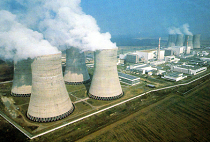 Courtesy: indilens.com
Courtesy: indilens.com
The India-U.S. nuclear agreement represents a $17 billion opportunity for Indian business. It will also help India secure fuel for its indigenous reactors, and contribute to cheap and plentiful energy. But a major concern remains—will these projects be efficiently executed?
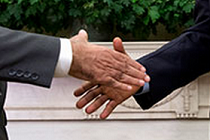 Courtesy: http://photos.state.gov
/libraries/america/3239/
Courtesy: http://photos.state.gov
/libraries/america/3239/
India is revising the model draft agreement of its existing bilateral investment treaties. Some of the new clauses are unlikely to be accepted by either U.S. negotiators or U.S. corporations without substantial dilution
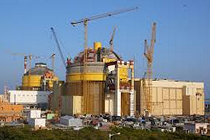 Courtesy: Wikimedia.org
Courtesy: Wikimedia.org
Bringing U.S. nuclear technology to India is a goal identified in the countries’ joint vision statement. Although public discourse on the India-U.S. nuclear deal has focussed on the liability clause, the pact’s success also depends on resolving other factors such as local sourcing, technology transfer and project delays
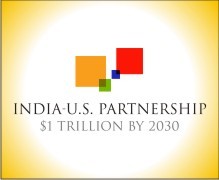 Courtesy: Gateway House
Courtesy: Gateway House
Indian prime minister Narendra Modi's landmark visit to the U.S. in September 2014 was followed by U.S. President Barack Obama's historic visit to India this month. Anticipating a renewed partnership between the two countries, Gateway House, presents a research paper titled ‘The India-U.S. Partnership: $1 Trillion by 2030’ that advocates a different path for the India-U.S. bilateral from all others, one that will help deepen economic relationship with the U.S.